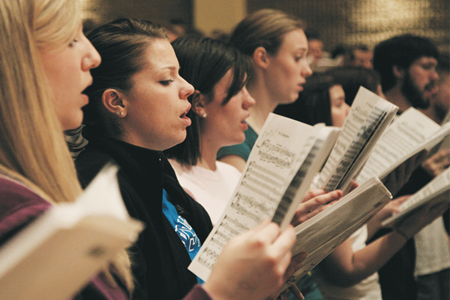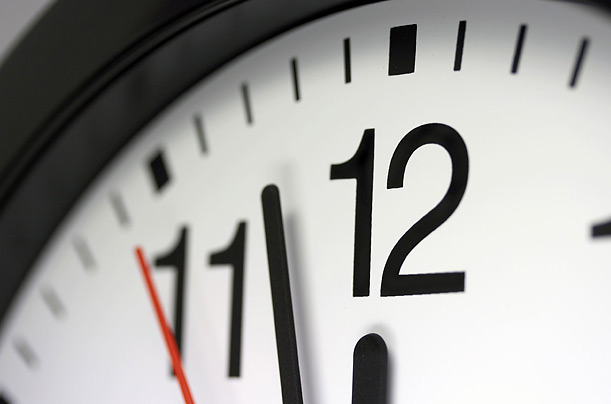In case you were waiting for part II of “Creating a Masterplan,” I decided to scrap that idea and skip to something else: the topic of ERROR DETECTION in rehearsal. The main question to be asked in relation to this topic is, “Am I listening to my choir?” Now, when I say listening, many of us might admit that we simply hear in rehearsal; we fail to really listen to our choirs. Has anyone had a similar experience in conversations with your spouse? J Well, the same type of miscommunication can happen in the choir rehearsal. Allow me to offer a few foundational points about critical listening and then some suggestions for improving error detection skills.
- More than waving your arms or running an efficient rehearsal, your skills in listening critically to the choir (in rehearsal and performance) are paramount.
- Our listening “muscles” are just like any other muscles in our bodies. They need regular training and use. Without this, they become weak and flabby.
- It must be stated that the phrase “error detection” implies that our main role in listening is to find flaw/error. I would argue that it is a large part of what we do, but I do not want us to forget that, for the adolescent singer especially, we must balance “error detection” in music with large amounts of positive reinforcement and “success detection.” When students do something correct (intentionally or unintentionally), it is a perfect time to stop and actually acknowledge this and praise them for their success. That can be as much a learning moment as learning how to correct something that was wrong.
- Listening starts with having an appropriate “sound ideal” for a specific choir on a specific piece of music. How can the choir get better if you do not know if they sound the way they should? There is this constant process where you as the director are comparing what you hear inside your head with what you actually are listening to from the choir.
- Error detection is about more than just recognizing if the choir is singing the correct pitches, rhythms, and dynamics. That certainly is the ground floor of error detection, but we also want to move up into those finer elements of listening that are not as immediately noticeable.
- When listening in rehearsal, try to listen to potential issues in hierarchical categories:
a. BASIC: pitch, rhythm, text (I find that choral conductors’ ability to count rhythms is often the weakest.)
b. INTERMEDIATE: tempo, dynamics, style, articulation, phrasing, consonant/vowel issues
c. MODERATELY ADVANCED: pristine intonation, evenness of tone in all registers of the voices, vocal timbre/resonance, vibrato, vocal onsets/endings of phrases, text shading/inflection, balance of vocal parts, choral blend (usually attention to issues in the first two categories fixes the balance/blend issue)
d. HIGHLY ADVANCED: Doing all of the above in regards to specific vocal sections and then to individual voices.
Suggestions for improving listening skills:
- When in rehearsal, stop conducting and just listen. Let the pianist help hold things together. Listen for something specific from the categories above. If you hear something right, affirm the students. If you hear something wrong, correct it.
- For the more daring director, take your accompanist out of the mix as well and listen to the choir rehearse a section of music a cappella. This practice will also develop their skills of listening to each other, which will help them sing a cappella music.
- Audio/video record your rehearsals and listen back to them. Listen for things that you might have missed and develop an awareness of those issues that sometimes slip under your radar during an actual rehearsal.
- Finally, listen to a lot of recordings…a LOT! Choirs, orchestras, small ensembles, etc. When you listen, listen hierarchically in the categories above. Especially listen to choirs sing a cappella music.
Normal 0 false false false EN-US JA X-NONE
Happy Listening!










